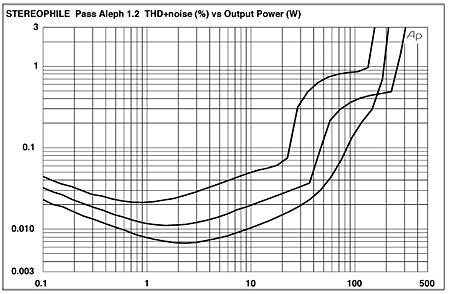b0dhi
Headphoneus Supremus
- Joined
- Oct 12, 2005
- Posts
- 2,070
- Likes
- 28
Quote:
Are you kidding me? This has nothing to do with head-fi or audiophilia, it's plain old electrical engineering.
Also, I suggest you approach The Audio Critic with some scepticism because in almost every case where I come across something they've said, they exhibit a very narrow perception and often a lack of consistent rational thinking. It's bias behind a facade of scepticism.
Also, I've noticed you like to refer to audibility studies. That's a good thing. However, you should understand that a study with 7 test subjects (regardless of the number of trials) is not a significant enough sample size to be able to say anything about what can potentially be heard by the best ears out there. Granted, many audiophiles don't have the golden ears they claim to, but that doesn't mean none do.
| Originally Posted by SmellyGas /img/forum/go_quote.gif This is a common "belief" that is propagated here. I don't necessarily think it's true, even though it would "make sense" that it is true. There is a lot of audio mythology that "makes sense" but doesn't pan out to audible differences. In fact, if you look at loudspeaker amplifier data, when The Audio Critic tests them with stressful inductive, capacitative, and low impedance loads, only rarely does even the most stressful load substantially influence the measurements of interest to audibility. |
Are you kidding me? This has nothing to do with head-fi or audiophilia, it's plain old electrical engineering.
Also, I suggest you approach The Audio Critic with some scepticism because in almost every case where I come across something they've said, they exhibit a very narrow perception and often a lack of consistent rational thinking. It's bias behind a facade of scepticism.
Also, I've noticed you like to refer to audibility studies. That's a good thing. However, you should understand that a study with 7 test subjects (regardless of the number of trials) is not a significant enough sample size to be able to say anything about what can potentially be heard by the best ears out there. Granted, many audiophiles don't have the golden ears they claim to, but that doesn't mean none do.


